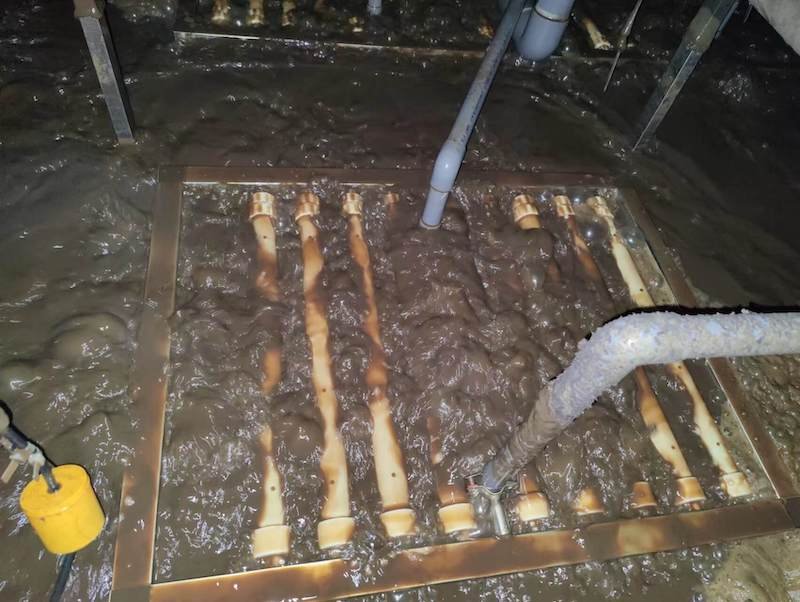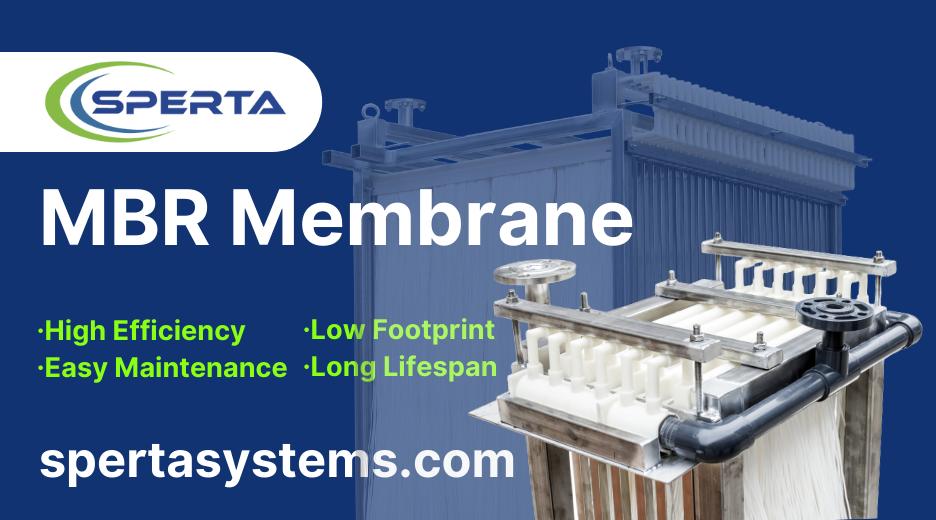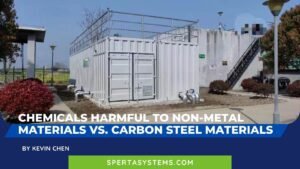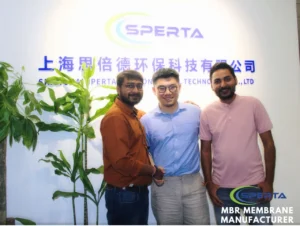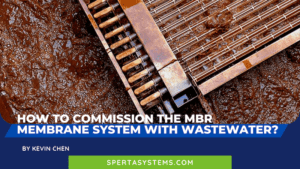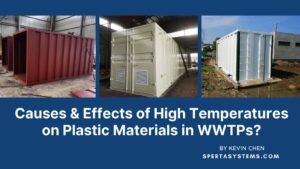When it comes to cleaning up wastewater, a lot is going on behind the scenes. Imagine a busy kitchen where the chef keeps track of every ingredient to make sure the dish turns out perfect. In wastewater treatment, one of those key “ingredients” is MLSS or Mixed Liquor Suspended Solids.
So, what’s the typical MLSS range in an MBR tank? Generally, it’s between 8,000 and 12,000 mg/L, but it can vary based on several factors.
Keeping an eye on this range is crucial. It’s like making sure our dish has just the right amount of salt – not too little, not too much.
What Exactly is MLSS?
MLSS stands for Mixed Liquor Suspended Solids. Think of it as the total amount of solid particles floating around the wastewater. These particles include bacteria, which play a significant role in breaking down the waste.
Why Do We Care About MLSS in MBR Tanks?
The amount of MLSS in the tank can affect how well the system works. Too much or too little can throw things off balance. A good MLSS level means the bacteria are doing their job, breaking down waste efficiently.
What’s the Typical MLSS Range?
For most MBR tanks, the MLSS usually hangs around 8,000 to 12,000 mg/L. But this isn’t a one-size-fits-all number. Different tanks and different conditions might need different MLSS levels.
What Can Affect MLSS Levels?
Several things can change MLSS levels in the tank:
- The kind of waste coming in: Different wastes might need different amounts of bacteria to break them down.
- How the system is run: How much air is pumped into the tank can change MLSS levels.
- The kind of membrane in the tank: Different membranes might work best with different MLSS levels.
How Do We Keep MLSS in Check?
It’s essential to keep an eye on MLSS levels. Regular checks help spot any issues before they become big problems. If levels are too high or too low, there are ways to adjust them, like changing how much air is pumped into the tank or removing some of the sludge.
Conclusion
MLSS might sound like a small detail, but it plays a significant role in wastewater treatment. Keeping it in the proper range helps make sure everything runs smoothly. Just like in our kitchen analogy, it’s all about getting the balance just right.
The above is information about the MLSS range in the MBR tank. If you still have questions about the membrane bioreactor or need to purchase MBR membranes, don’t hesitate to contact SPERTA.
Shanghai SPERTA Environmental Technology Co., Ltd. has specialized in producing water treatment products for many years. The company has the core technology of producing MBR membrane components. It has a high production capacity, aiming to build a high-quality brand of MBR production and sales all over the world. If you have any needs, please feel free to contact us.


